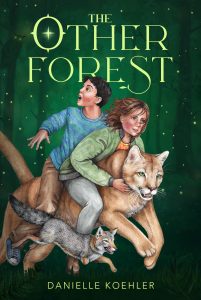Photograph of an alerce tree in Alerce Andino national park by Natalia Reyes Escobar
Chile is home to beautiful, lush landscapes full of native flora. The following plants and illustrations are featured in my book The Other Forest.
Download a PDF of the Flora and Fauna of Chile
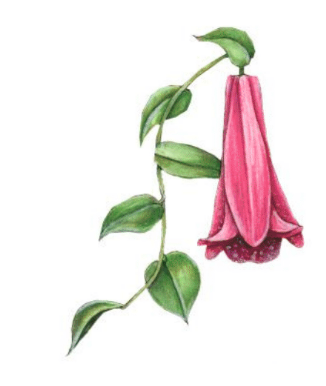
Copihue
(Lapageria rosea)
The pink bellflower Tucu gives Olivia is the national flower of Chile. The Mapuches have various medicinal uses for the fruit, roots, and leaves of the flower, including teas to calm anxiety and stress.
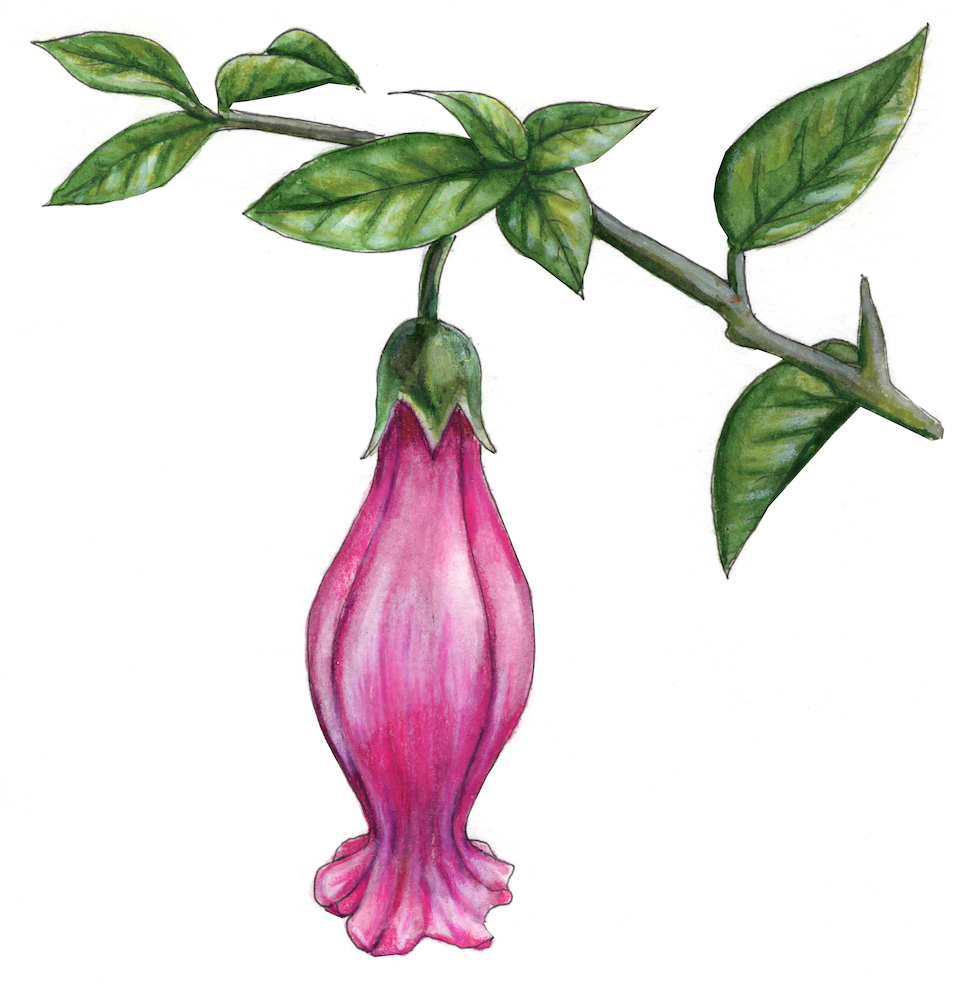
Latué
(Latua pubiflora)
The pink flower that Olivia confuses for a copihue and makes her hallucinate is known locally as the witch’s stick (palo de brujo). It is extremely poisonous and hallucinogenic, yet used by the machis (Mapuche shamans) in small doses to enter into a state of trance during healing rituals.
Maqui
(Aristotelia chilensis)
The dark blue berries that Olivia and Diego eat are known as maqui berries. Maqui berries are extremely high in antioxidants and the leaves are also used in medicinal teas by the Mapuches.
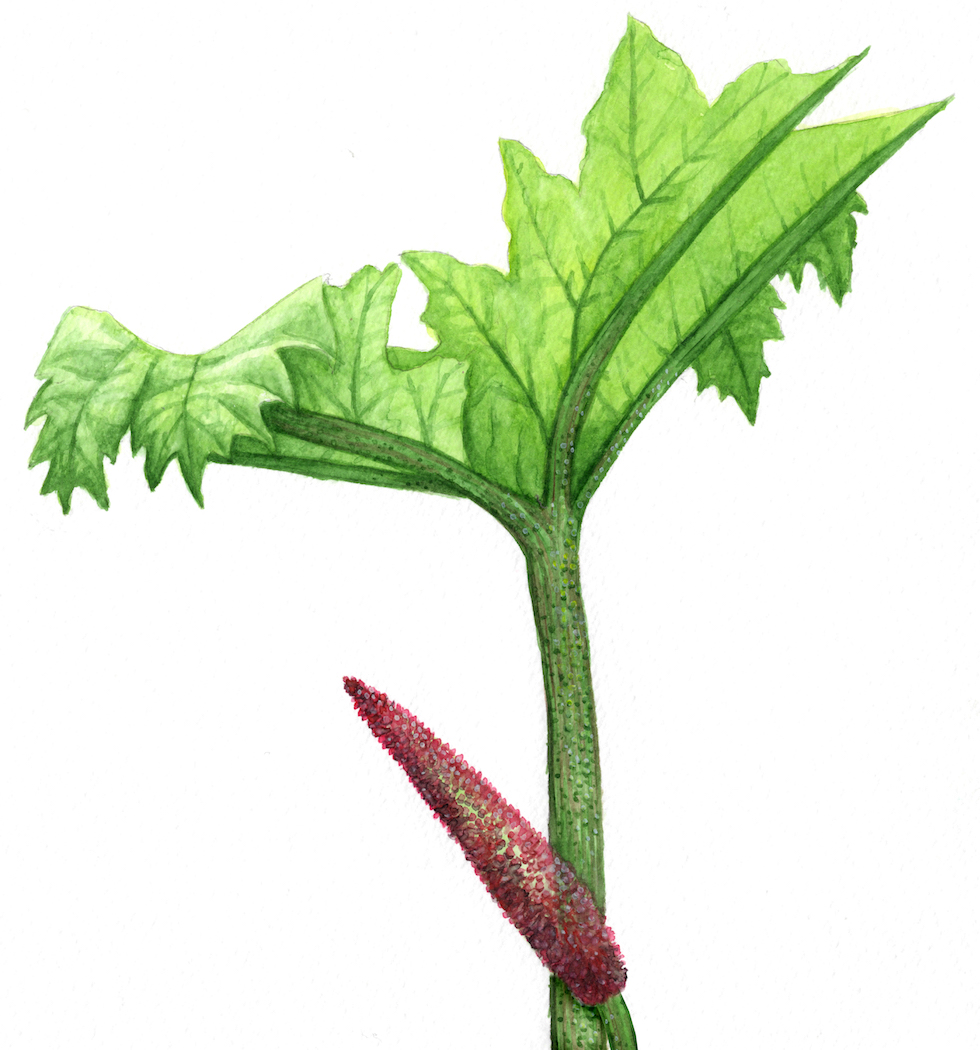
Nalca
(Gunnera tinctoria)
The giant green plant that Diego teaches Olivia to eat and later uses to create sails for the dalca is called a nalca or a Chilean rhubarb. It is eaten similarly to a rhubarb plant: the stalks are eaten fresh or may be cooked into a jam.
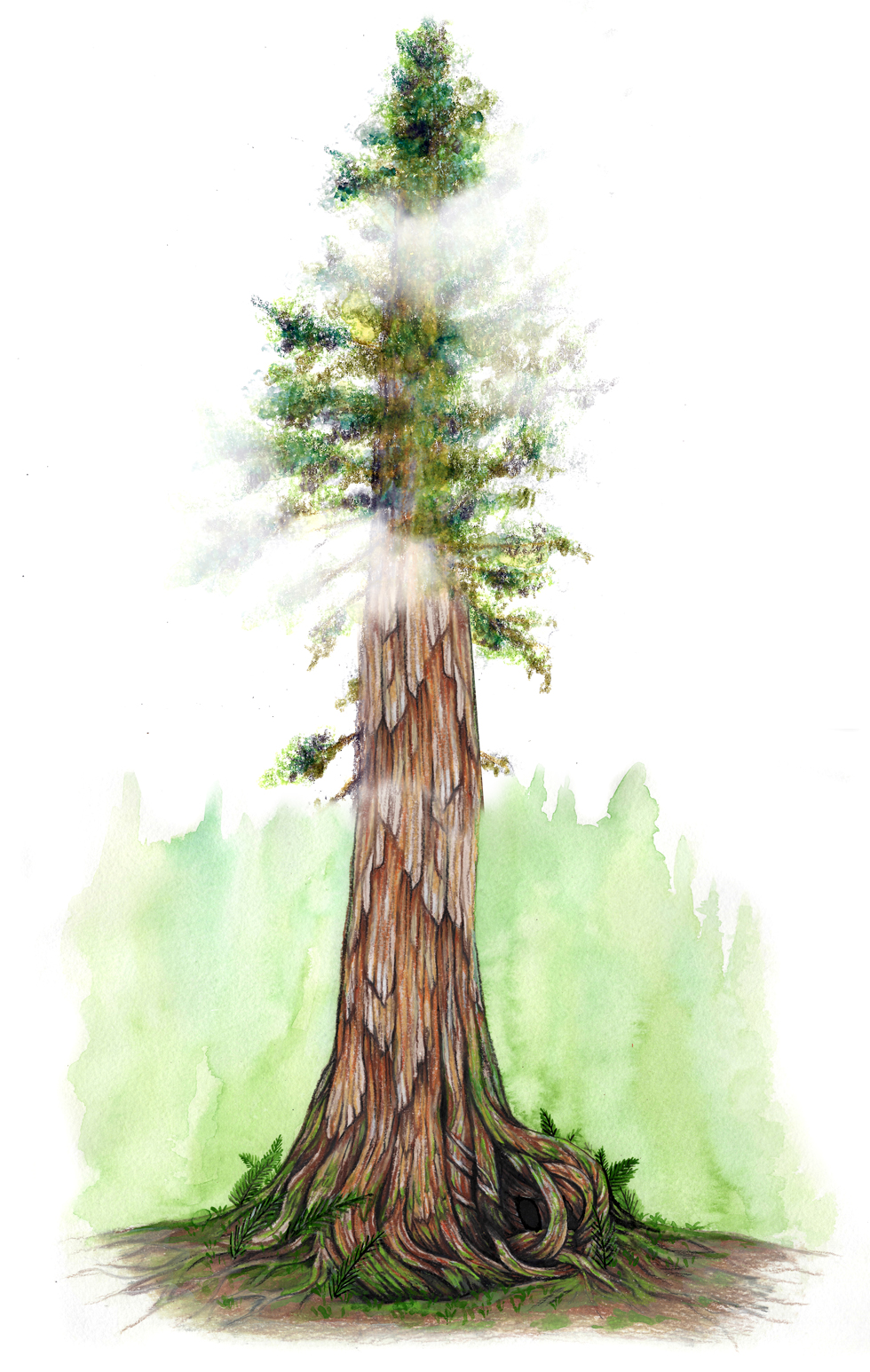
Alerce
(Fitzroya cupressoides)
The tree that Olivia falls through is a real “millennial Alerce” in Alerce Andino park, which is approximately 2,500 years old. Alerce trees are listed as endangered.
Canelo
(Drimys winteri)
The magic berry that Olivia must take to the Heart of the forest is from the Canelo tree. The Mapuches consider the tree sacred, planting them next to their ceremonial altars called rehues and using one of their branches as an offering.


